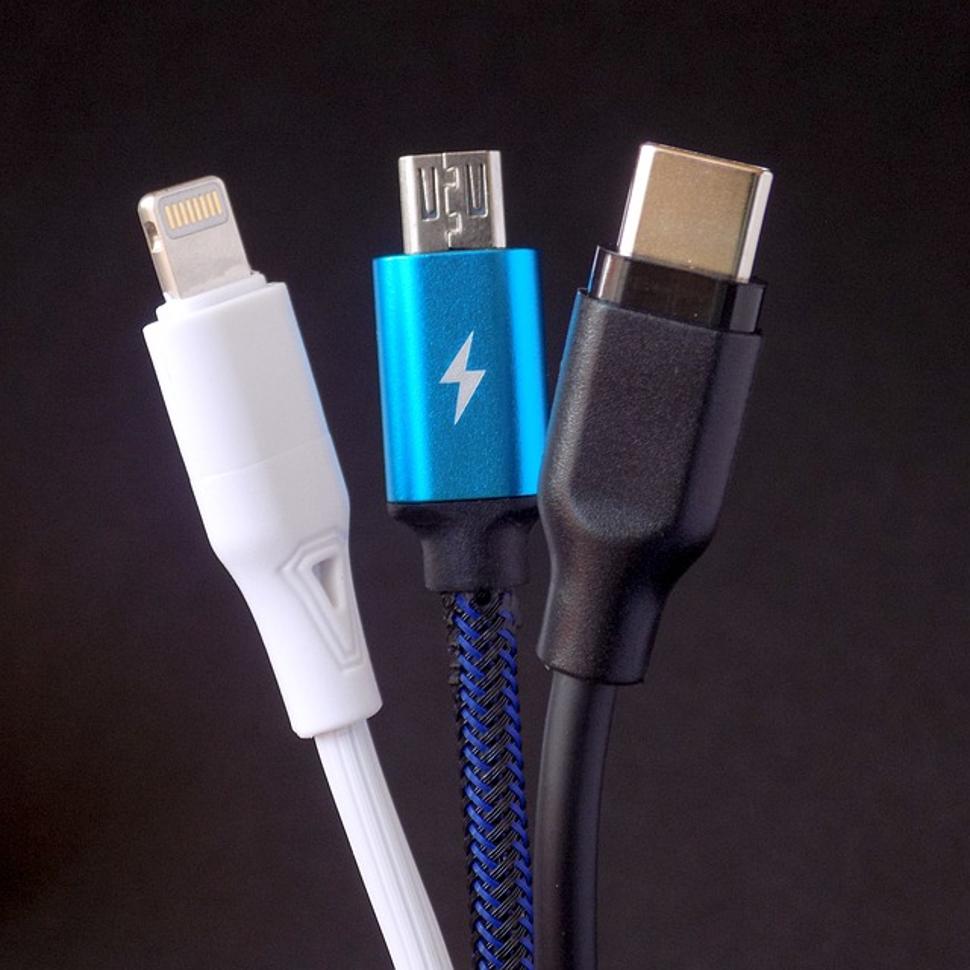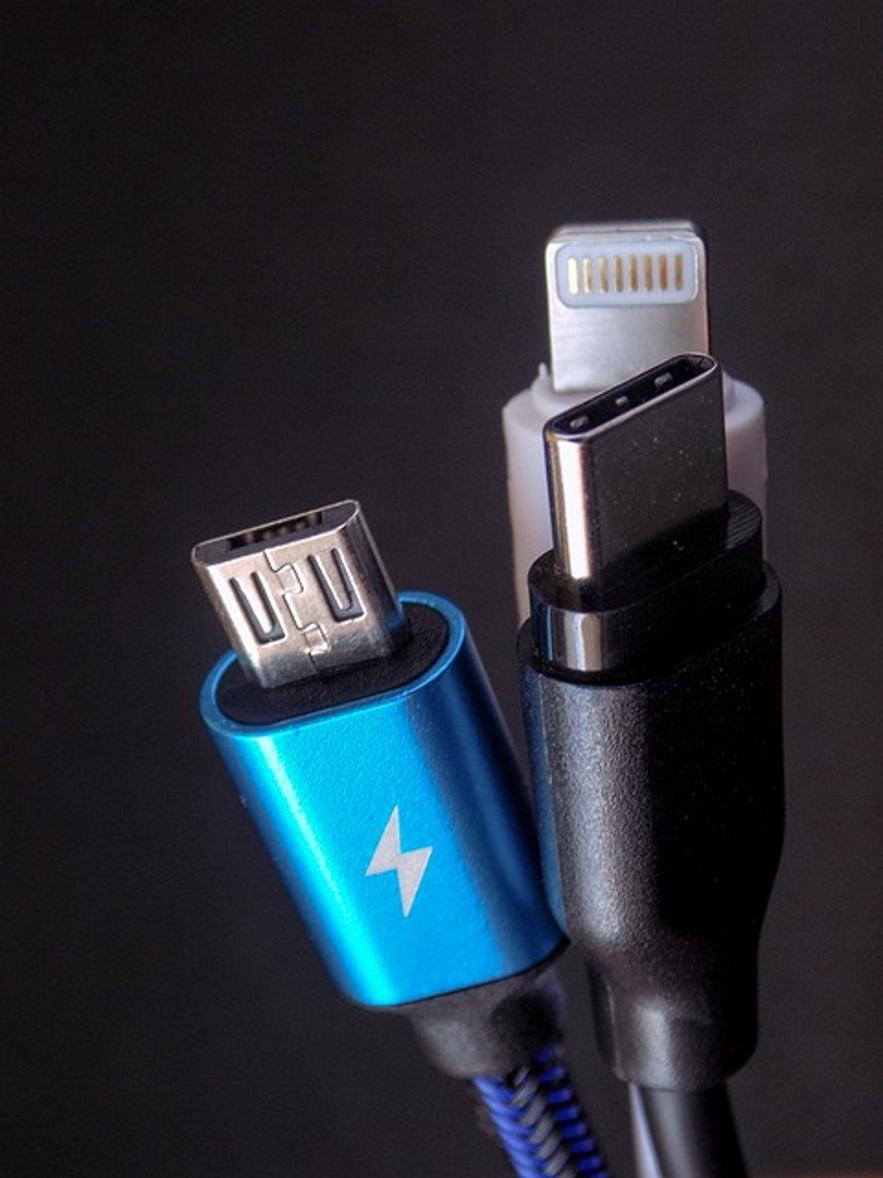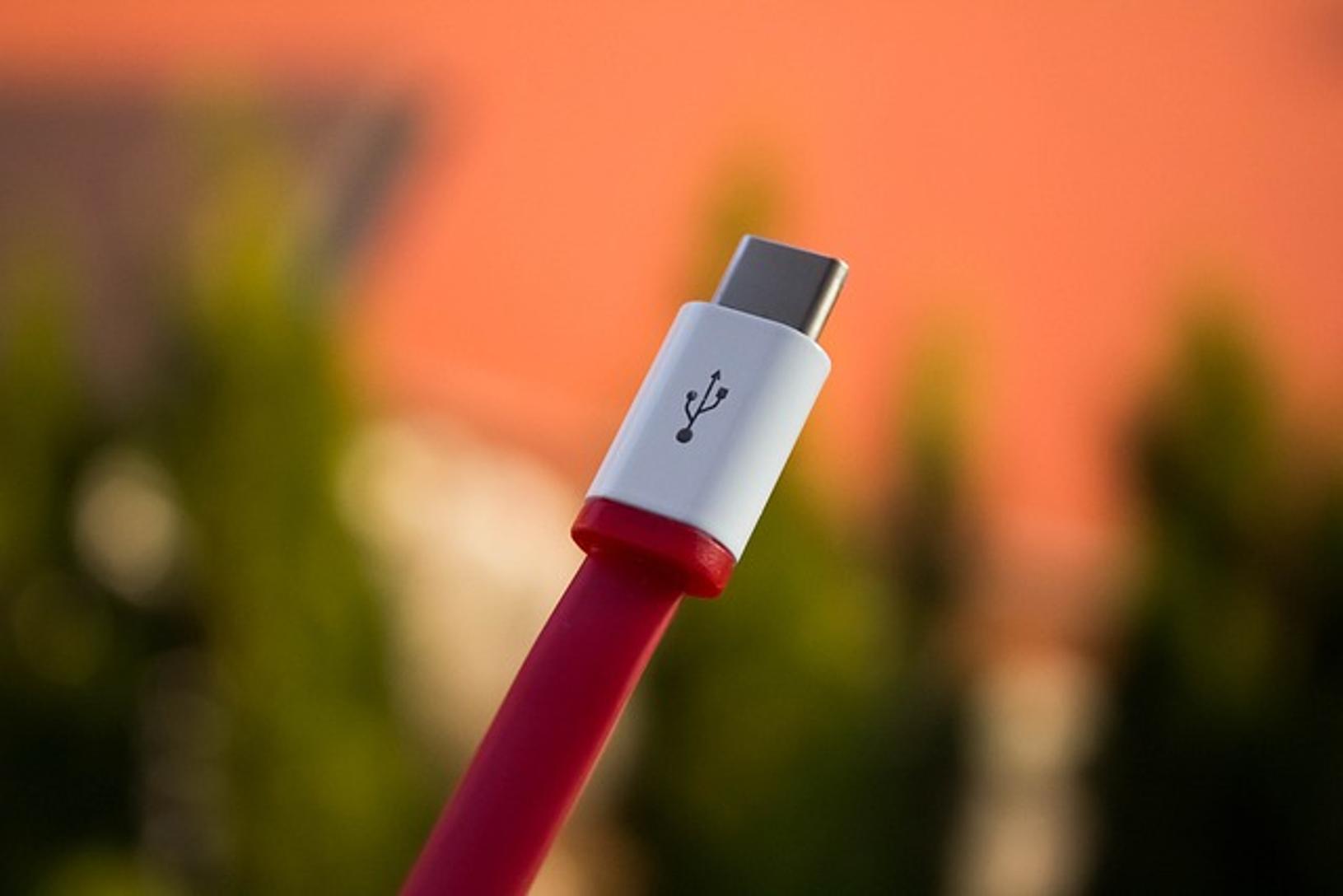Can I Use a USB-C Splitter for Dual Monitors?
Introduction
Using dual monitors can boost productivity, and many people are exploring new ways to achieve this setup. A common question arises: Can a USB-C splitter enable dual monitors? The simplicity and versatility of USB-C technology have made it a preferred choice, but its capability to support multiple monitors simultaneously can be confusing. This blog aims to clear up the doubts and provide a comprehensive guide on how to use a USB-C splitter for dual monitor setups. From understanding the technology to troubleshooting common issues, we've got you covered.
USB-C is a universally accepted connection standard known for its versatility and speed. Unlike older USB standards, USB-C connectors are reversible and capable of transferring data, video, and power all through a single port. This makes it an appealing option for connecting modern devices, including laptops, smartphones, and more.
When it comes to video output, USB-C can support various protocols like Thunderbolt 3 and DisplayPort Alt Mode. These capabilities make it theoretically possible to connect multiple monitors through one port. However, understanding these subtleties is crucial for setting up dual monitors effectively using a USB-C splitter.
When looking to set up dual monitors using a USB-C splitter, you will find several types of splitters available:
-
Passive USB-C Splitters: These basic splitters simply divide an existing USB-C connection into two. They usually don't support multiple monitors and are primarily useful for charging multiple devices or basic data transfers.
-
Active USB-C Splitters (Hubs): These are more advanced splitters that can have multiple ports supporting video output, USB ports for other peripherals, and power delivery. They usually require an external power source.
-
USB-C to Dual HDMI Adapters: Specifically designed for video output, these adapters can split a single USB-C port into two HDMI outputs. Some models may support different resolutions or refresh rates on each monitor.
Choosing the right type of splitter is crucial and depends on your specific requirements and the capabilities of your laptop or desktop.
Setting up dual monitors with a USB-C splitter involves several steps:
-
Check Compatibility: Ensure that your laptop or desktop supports video output via USB-C. Verify support for protocols like Thunderbolt 3 or DisplayPort Alt Mode.
-
Select a Suitable Splitter or Hub: Based on your requirements, choose an active USB-C splitter or a specific USB-C to HDMI adapter.
-
Connect the Splitter: Plug the USB-C connector of the splitter into the USB-C port of your laptop or desktop.
-
Connect Monitors: Attach the monitors to the splitter using HDMI or DisplayPort cables.
-
Configure Display Settings: Go to your device's display settings and configure the dual monitor setup. You might need to extend or duplicate your screen as per your needs.
Using dual monitors can dramatically enhance workflow and productivity, making it worth the setup. Ensuring you're following the right steps and using the correct equipment from the start will save you time and effort down the line.

Hardware Compatibility
Not all devices support multiple video outputs through USB-C. Devices must support video protocols like Thunderbolt 3 or DisplayPort Alt Mode. Before purchasing a splitter, check your device's specifications to ensure compatibility. This information can often be found on the manufacturer's website or in your device's user manual.

Operating System Support
Different operating systems may have varying levels of support for dual monitors. Windows, macOS, and some distributions of Linux generally support dual monitors seamlessly, while older or less common operating systems might present challenges.
Cable Type
Using the correct cables and ensuring they are high quality is crucial for maintaining video quality and ensuring a stable connection. Ideally, use cables recommended by the splitter or monitor manufacturer.
Compatibility considerations help in avoiding problems that may arise during the setup process and ensure a smooth dual monitor experience.
Pros
- Versatility: USB-C splitters and hubs often come with additional ports for other peripherals.
- Portability: Compact and easy to carry, making them ideal for traveling professionals.
- Ease of Use: Simple plug-and-play setup in most cases, requiring minimal technical expertise.

Cons
- Limited Power: Some splitters may not support power delivery, requiring additional power sources for connected devices.
- Compatibility Issues: Not all devices support multiple video outputs, potentially causing frustration.
- Performance: Depending on the quality of the splitter, there may be limitations in terms of refresh rate or resolution.
Understanding the pros and cons helps users make informed choices tailored to their specific needs.
No Signal on Second Monitor
- Check Connections: Ensure all cables are securely plugged in.
- Update Drivers: Outdated graphics drivers can cause display issues. Update drivers from your device's support page.
- Monitor Settings: Ensure that the second monitor is powered on and set to the correct input source.
Flickering or Poor Display Quality
- Cable Quality: Low-quality cables can disrupt signal integrity. Use high-quality cables recommended by manufacturers.
- Power Supply: Ensure that the splitter is receiving adequate power, especially for active hubs.
Inconsistent Performance
- Check Compatibility: Confirm that your device supports dual monitor output through USB-C.
- Software Updates: Keep your operating system and drivers updated for the best performance.
Addressing these issues early can save time and prevent frustration, ensuring a smooth dual monitor experience.
Using a USB-C splitter for dual monitors is a feasible solution provided that your device supports required protocols and you have the right equipment. By following the outlined steps and considerations, you can efficiently set up dual monitors and enhance your productivity. Always check compatibility and update required software to avoid common issues.
Frequently Asked Questions
Can a USB-C splitter support two 4K monitors?
Yes, some high-quality USB-C splitters are capable of supporting two 4K monitors, provided that your device supports the required bandwidth and video protocols.
Do I need special software to use a USB-C splitter for dual monitors?
Most operating systems provide native support for dual monitors, so special software is typically not required. However, updating your operating system and graphics drivers can be beneficial.
Can I use a USB-C splitter with any laptop or desktop?
Compatibility depends on your device supporting video output via USB-C. Ensure your device supports protocols like Thunderbolt 3 or DisplayPort Alt Mode for dual monitors.



